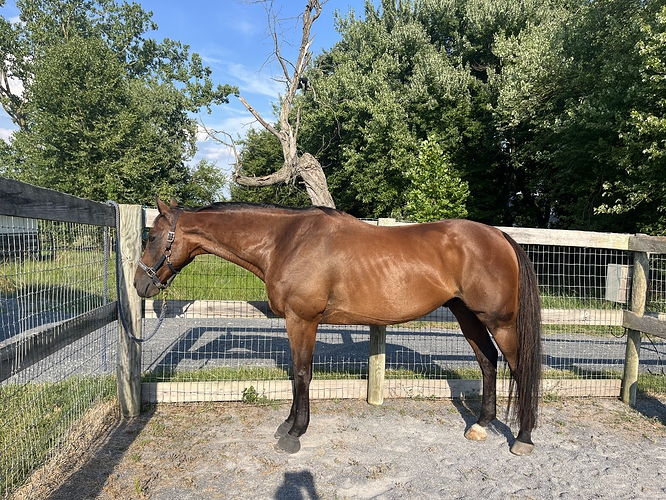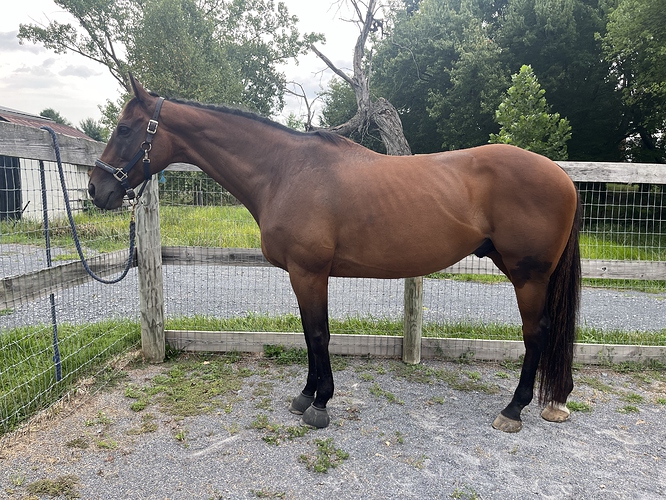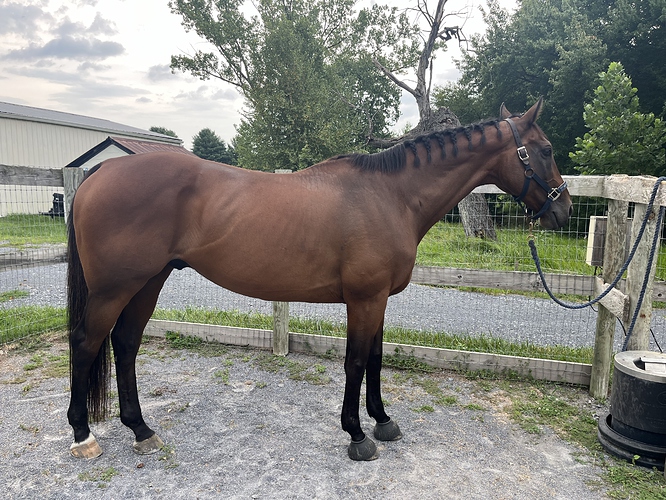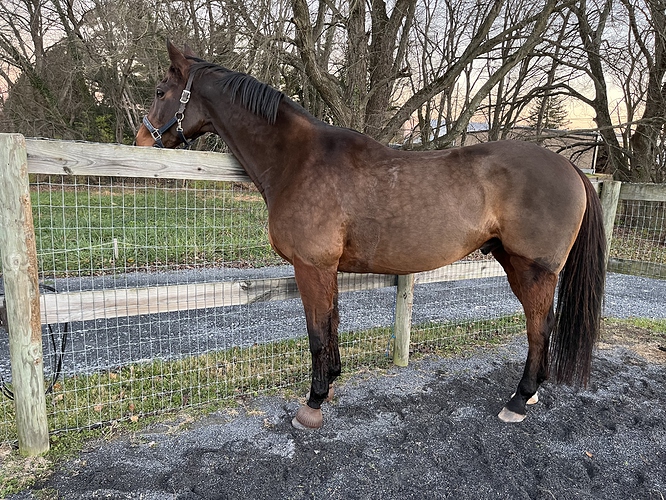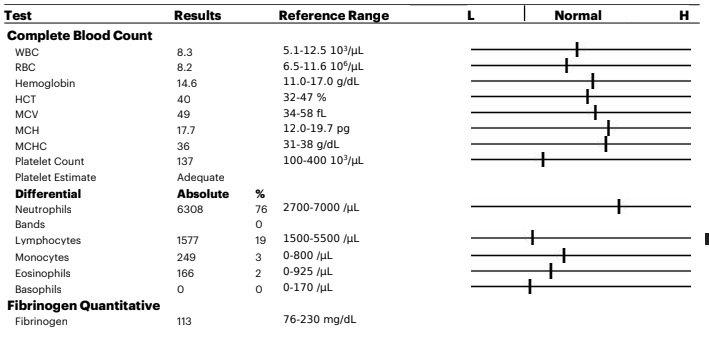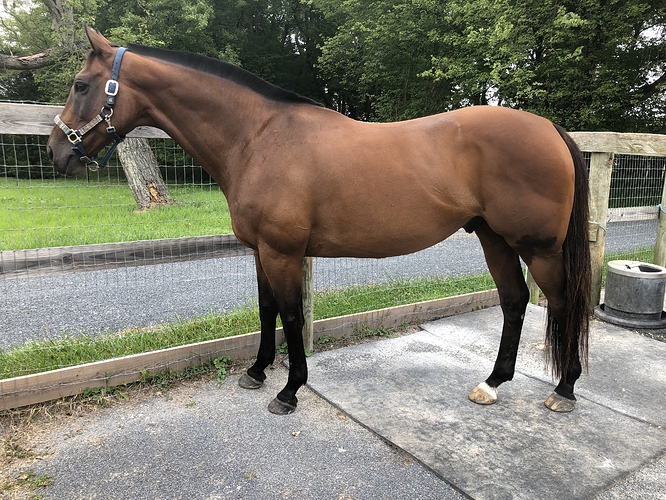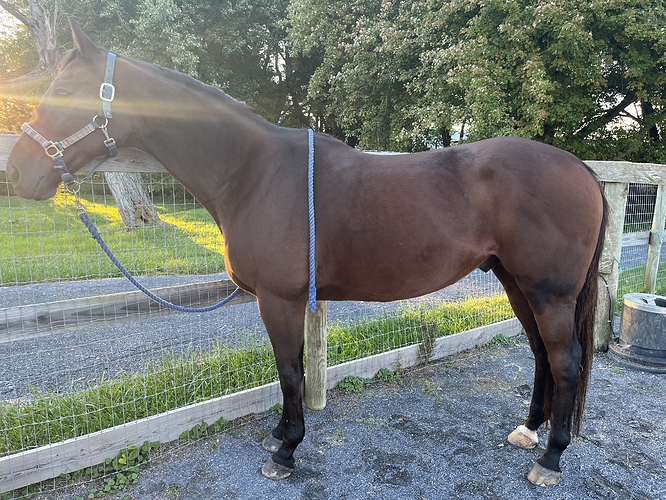The vet is coming in an hour for something else and I’d like to have him pull blood on my TB who is eating a lot of calories (9 lb/day of TC Perform Gold plus free choice hay and overnight turnout on grass) but not gaining any weight. I’ve upped the amount twice since May, but both weight tape and visual/manual inspection show no gains. I love my vet but he tends to under-prescribe rather than over, if that makes sense, so I want to know what to ask for.
Horse has had teeth done by a dental specialist recently, was dewormed with Quest Plus in April, and had a negative fecal in July. Treated for gastric ulcers last August and scoped clear after a month of GastroGard and sucralfate. I’ve had suspicions of hindgut issues so he’s currently getting sucralfate twice a day to see if that helps and last summer I did the Succeed Challenge with no results.

